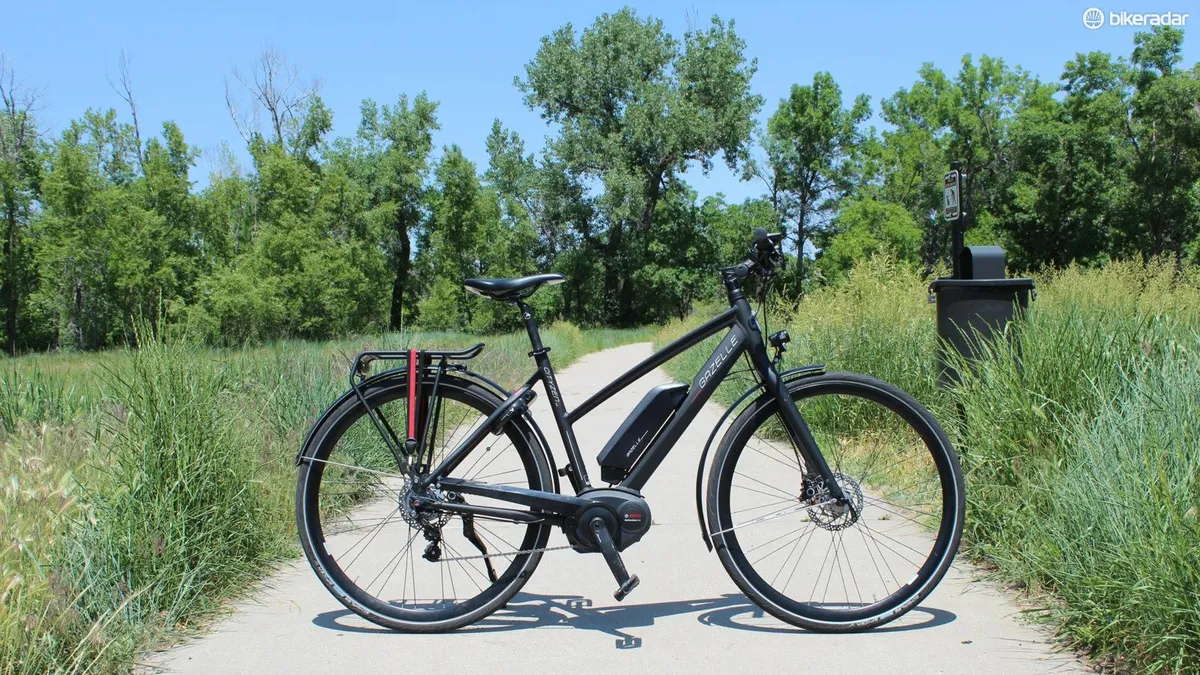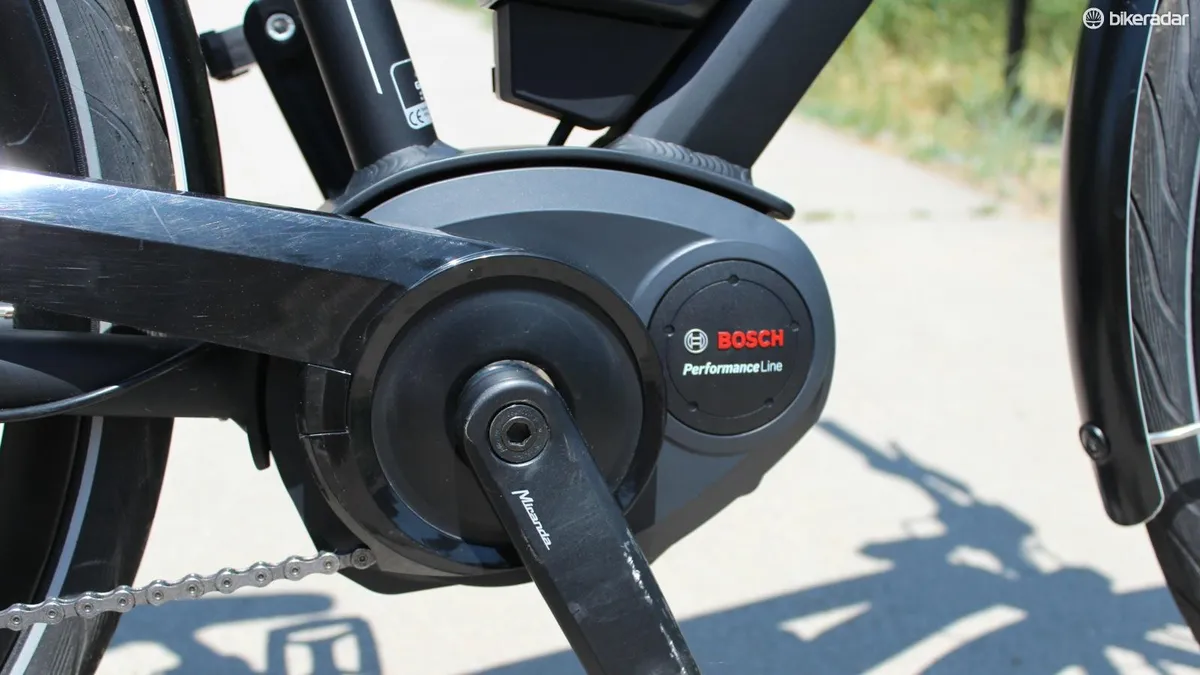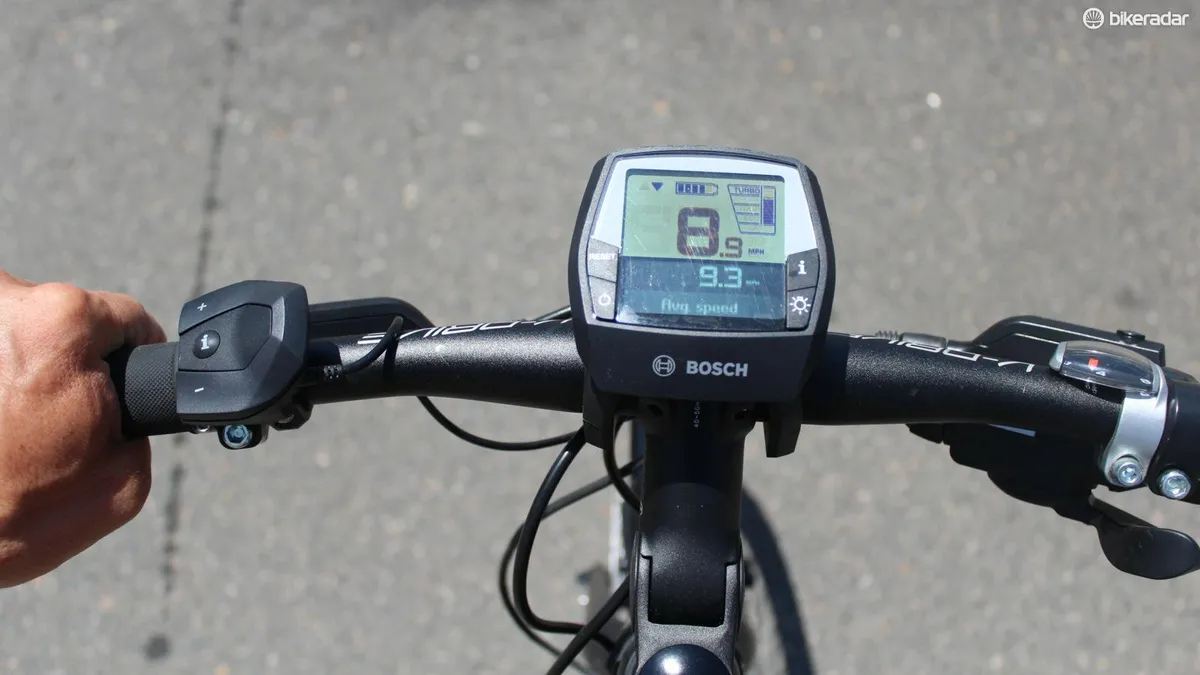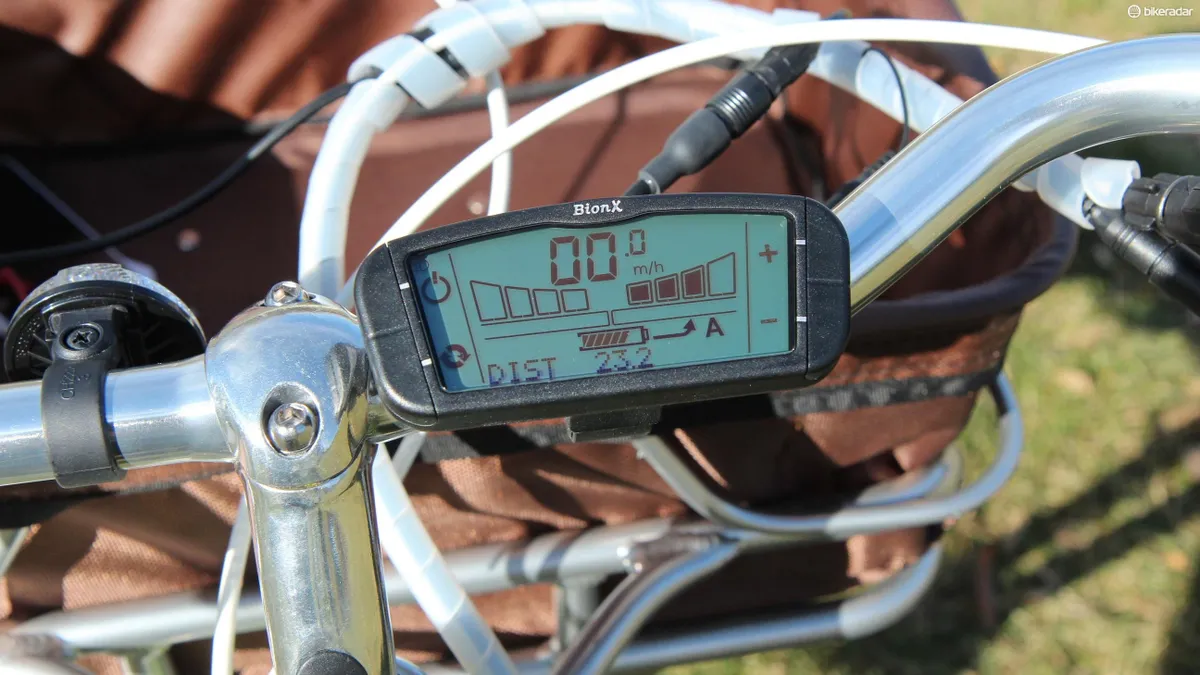Electric bikes — or e-bikes — are just what they sound like: bicycles with an electrically powered boost.
While most e-bikes can be adjusted on the fly for exactly how much boost you receive — usually from a low ‘economy’ setting up to a ‘turbo’ or ‘sport’ setting — there are two types of boost.
Most e-bikes are classified as pedal-assist, meaning the power only kicks in when you pedal. Some bikes also have a throttle, where a push of a button helps propel you forward, whether or not you are pedaling. A few bikes feature a combination of pedal-assist and throttle.
- Electric bikes: What they are and how they work
- 10 reasons you really should try an e-bike
- The e-MTBs are coming – take your moral standpoint now
How pedal-assist works on an e-bike
While there are subtle differences between motor brands, all pedal-assist e-bikes are activated by pedaling. As you begin to pedal from a stop, the motor kicks in before you do a full rotation of the cranks.
This quick engagement is helpful in overcoming the inertia to get started. The amount of power is controlled on most bikes with a +/- switch near one of the handgrips on the handlebar, and often also on the computer mounted centrally on the handlebar. Most e-bike companies recommend starting on a lower setting, as the initial thrust on a high setting can be startling.
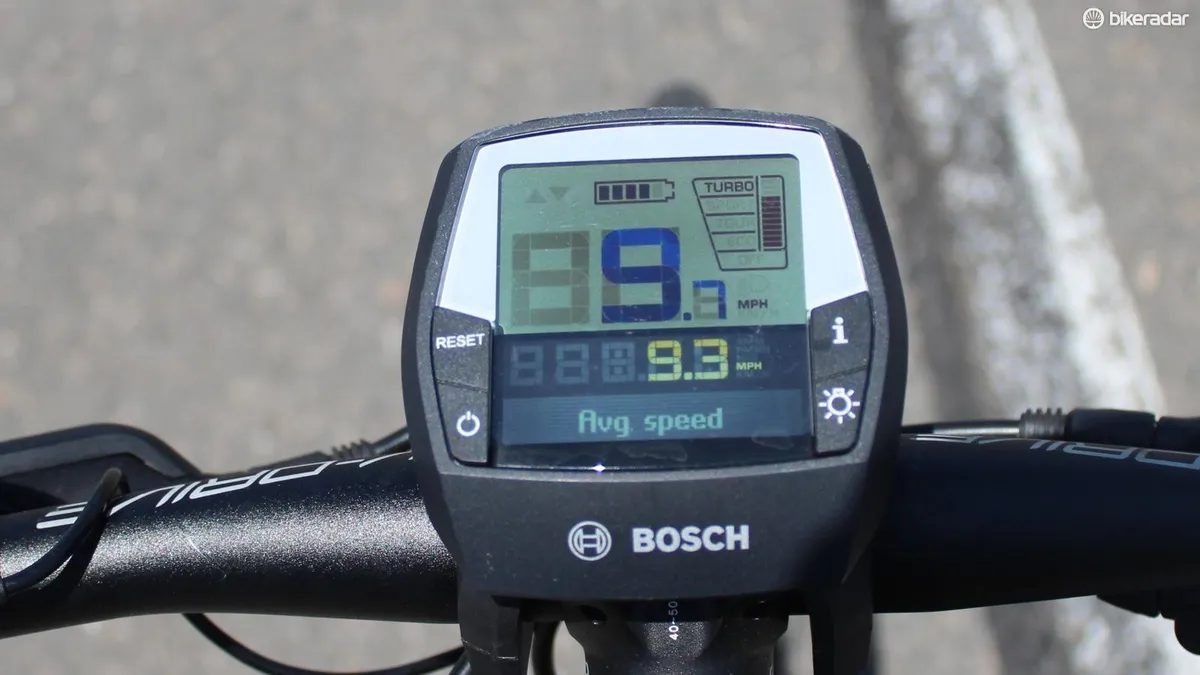
Most pedal-assist systems can be adjusted on the fly for more or less assistance. Here, the bike is set to the highest 'turbo' level
Once up to speed, you can fine tune the amount of assistance you are receiving from the motor, from nothing up to the full power of the motor, which is usually 250w or 350w. For reference, 250w is a power level that a trained recreational cyclist could ride at for more than an hour, but 350w for an extended period is professional level.
The higher the power setting, the shorter the range. Some pedal-assist e-bikes will show a mileage range on the screen, and some adjust this range based on what power setting you select. Distance can range anywhere from 15mi on the highest assist setting when going uphill to a claimed 127mi for a Kalkoff model on the lowest economy setting. In most settings, however, you can expect 20-40mi before you have to recharge the battery.
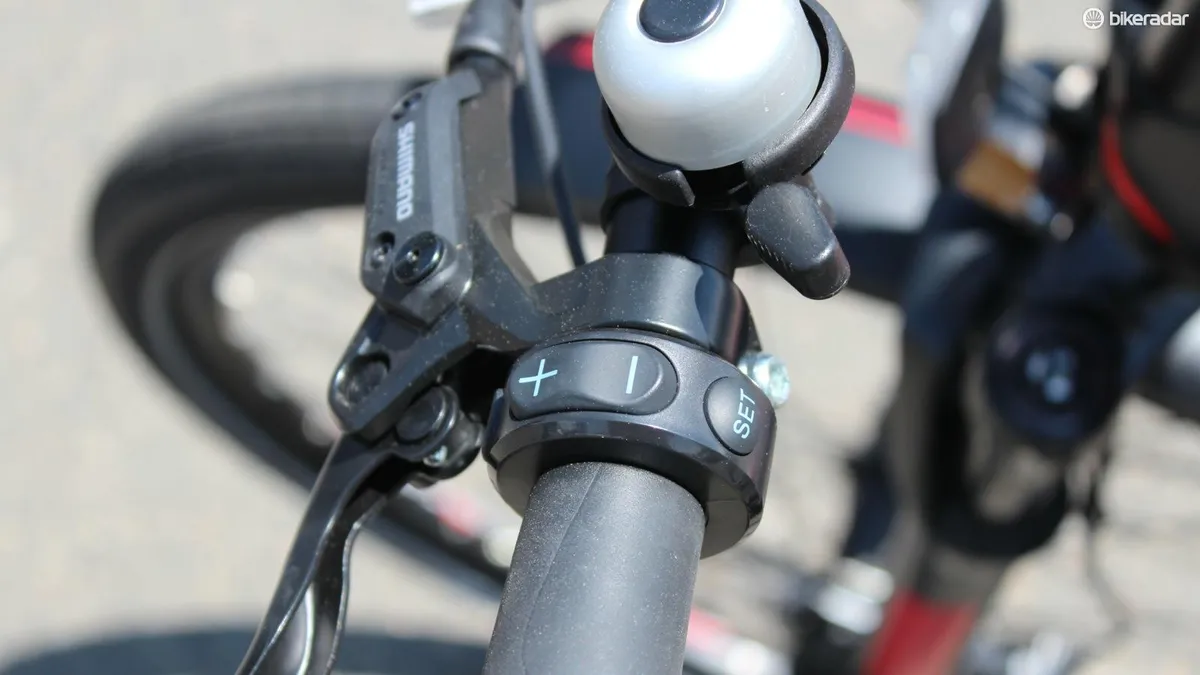
Configurations vary, but most brands have a +/- control like this to adjust assistance while keeping the hands safely on the handlebars
How a throttle works on an e-bike
A few e-bikes have a throttle, which may conjure visions of a motorcycle’s twist grip, but in reality is usually just a small electric button.
Pressing the throttle works just like depressing the gas pedal on your car — no other action is required to accelerate or continue forward movement.

The red button is the throttle for instant power, with or without pedaling
There are a few reasons why most e-bike brands choose pedal-assist over throttle. In many countries, throttle e-bikes are classified differently and thus regulated differently than pedal-assist models. For instance, they aren’t allowed on multi-use paths like pedal-assist bikes typically are. In some places, such as California or Tennessee in the US, they come with a minimum age requirement.
